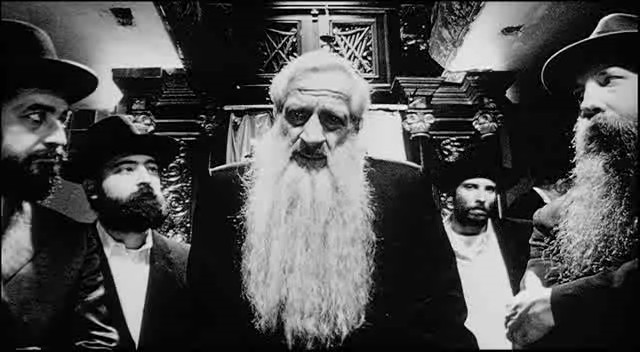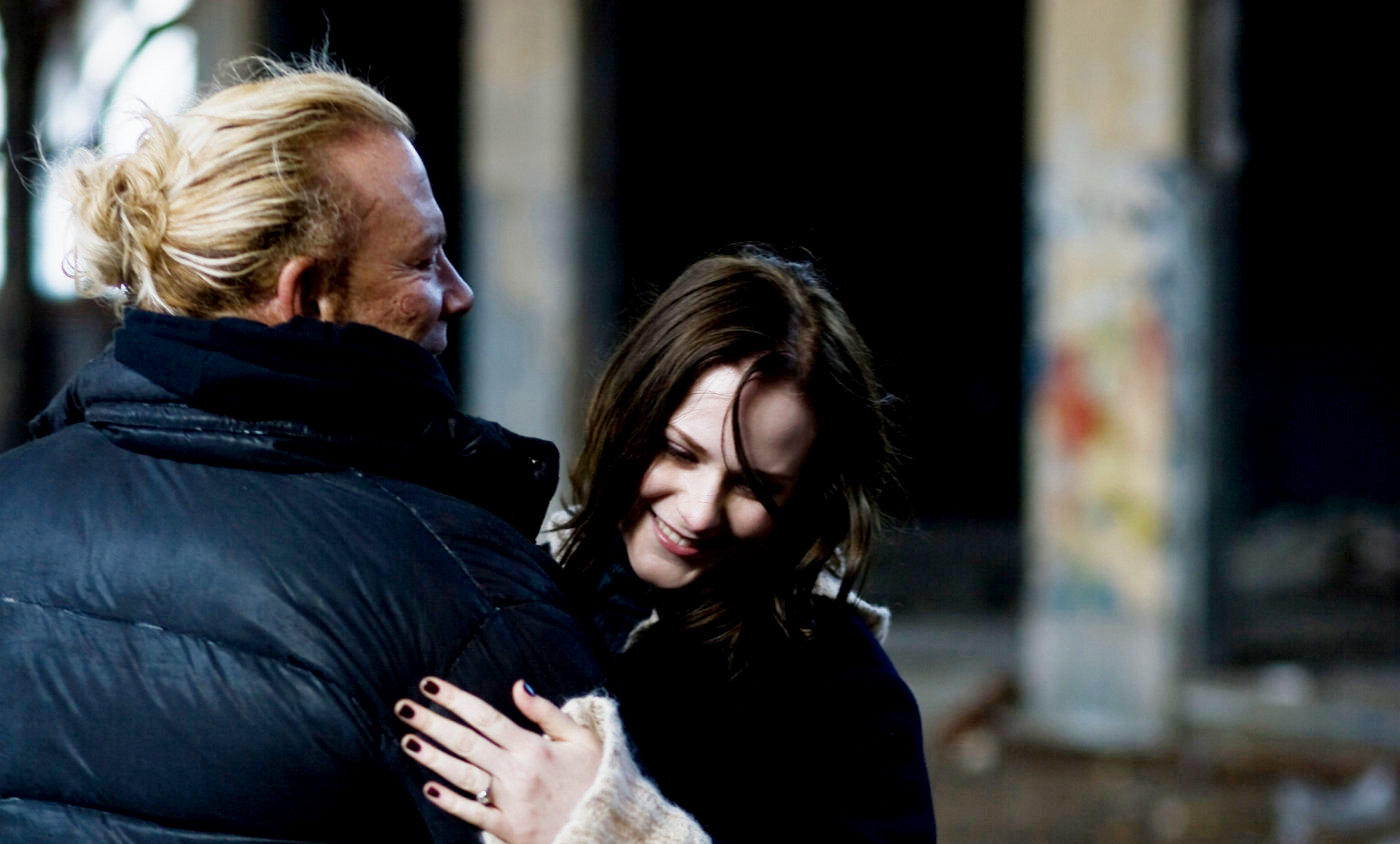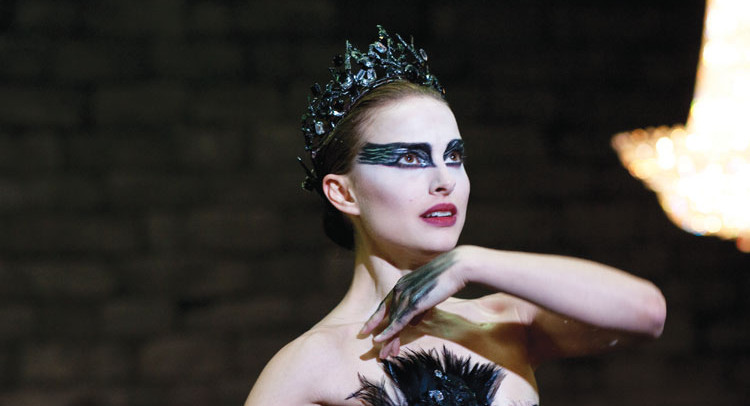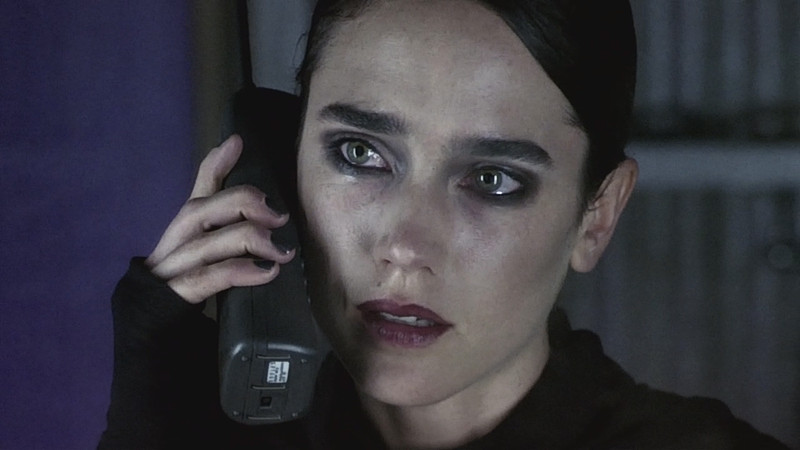4. Pi (1998)

The true genius of Aronofsky’s breakout directorial debut is how it takes classic elements of experimental cinema—inventive camera angles, saturated black-and-white cinematography, claustrophobic atmosphere, dopey voice overs, surreal storytelling—and incorporates them into a cleverly constructed, and thoroughly refreshing 84-minute-long rollercoaster that never overstays its welcome.
In putting us in the shoes of genius mathematician Maximilian Cohen (Sean Gullette), who becomes victim of his own paranoia shortly after discovering a groundbreaking connection that might unravel some of the universe’s biggest mysteries and predict the future, Aronofsky delivered a fascinating portrait of obsession and self-destruction that feels at once straightforward and densely layered. Shot on location in Manhattan on a shoestring budget, this improbable word-of-mouth hit knocked everyone’s socks off at the 1998 Sundance Film Festival and launched Aronofsky onto the world stage. 25 years on, “Pi” might seem a bit rough around the edges, but, as first efforts go, this one will make you rethink that screenplay you’ve been noodling with.
3. The Wrestler (2009)

Always fascinated by battered and lonely heroes who get roped into chaotic spirals of self-obliteration over and over again, Aronofsky uses the pro wrestling backdrop to swirl around sports-movie expectations and comment on the way showbiz chews people up and spits them out shortly after sucking them dry.
Those looking for an archetypical rags-to-riches story in the vein of “Rocky” are bound to be thoroughly disappointed with “The Wrestler”, which is evidently anything but that. Randy “the Ram” Robinson, masterfully brought to life by Mickey Rourke, is a faded 1980s wrestling star now over the hill who lays it all on the table for a last chance at reliving his glory days. In distinct Aronofsky fashion, the film pulls no punches and goes to extreme lengths to illustrate the dangerous lengths to which he pushes his body and health to be able to perform. Though not as flashy or virtuosic as other entries in the present list, the film’s radiant empathy for its bruised-up hero elevates to the top tier in Aronofsky’s catalog.
2. Black Swan (2010)

In the tradition of the 1948 “The Red Shoes” and 1997 “Perfect Blue”, the steep price of pursuing artistic perfection is chillingly conveyed in Aronofsky’s zeitgeist phenomenon, a film that plunges deep into the dark recesses of a young ballerina’s fractured mind (a pitch-perfect Natalie Portman) in the lead-up to her company’s Swan Lake production.
Though a textbook example of style over substance, such quibbles are negligible when assessing the merits of one of the defining movies of the 2010s—an instant classic that racked up over $300 million at the box-office, crashed into the mainstream, and swayed Academy voters with its stylistic flourishes and pulse-pounding thrills. Much like Portman’s career-defining turn as Nina, Aronofsky’s steady hands behind the camera did not go unnoticed, resulting in the first and only directing nomination to his name. Though not quite Aronofsky’s undisputed opus as many fans make it out to be, “Black Swan” is easily his most memorable.
1. Requiem for a Dream (2000)

If one is to view Aronofsky’s entire career as an in-depth study that probes the lowest depths of the human psyche—whether it be obsession, addiction, suffering, alienation, or self-obliteration—then his sophomore feature film stands as its pinnacle achievement.
“Requiem for a Dream” isn’t a movie you recommend to someone so much as one you inflict on them—a kaleidoscopic fever dream that more than lives up to its lasting reputation as one of the most disturbing films of all time. It’s a thin line between heaven and hell for the four ill-fated individuals, three heroin junkies and a retired widow addicted to weight-loss pills, who in the course of the story succumb one way or another to substance abuse. If the film feels overly didactic, it’s because it needs to be, no way around it. On a technical level, this is Aronofsky at the very top of his game—pulling every visual trick up his sleeve and ratcheting up the tension with frenetic editing and immersive soundscape. 23 years later, “Requiem for a Dream” chills to the bone unlike any other film before or since.